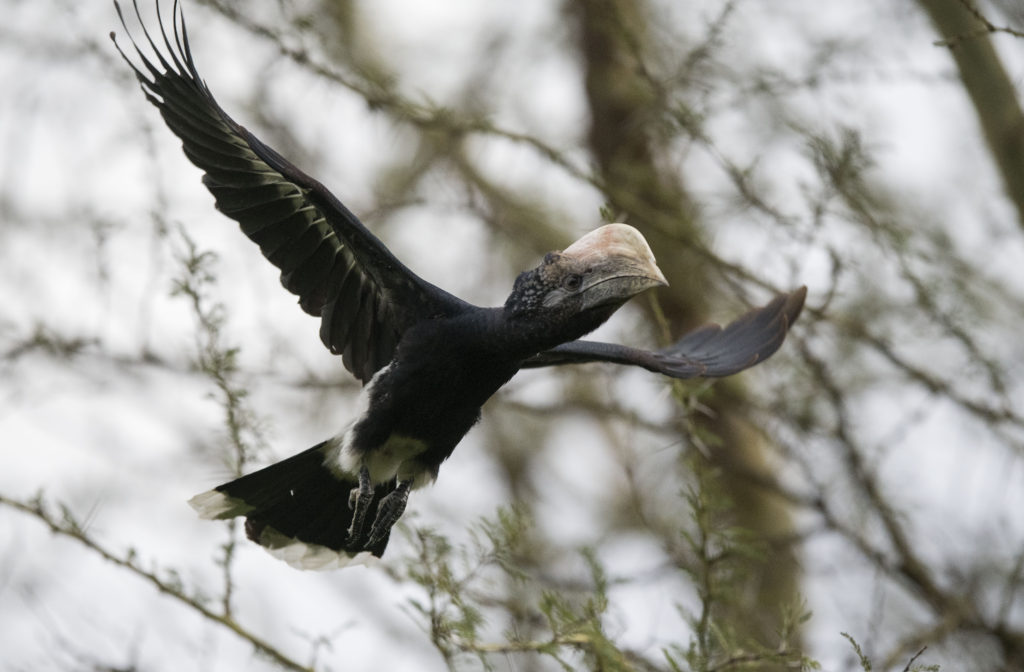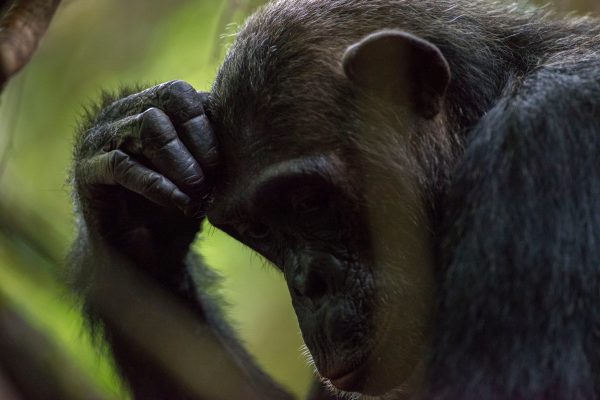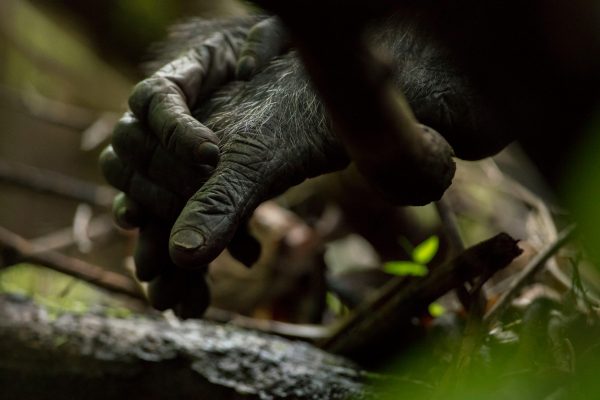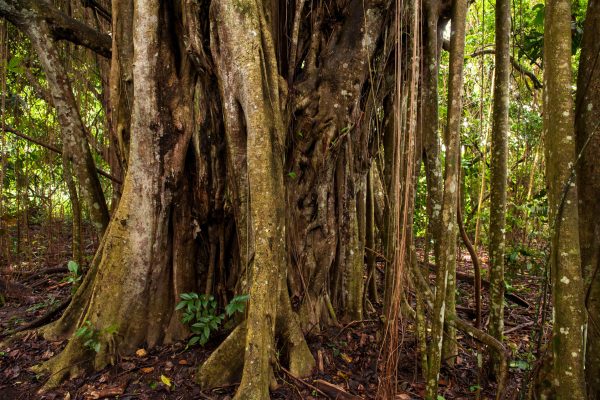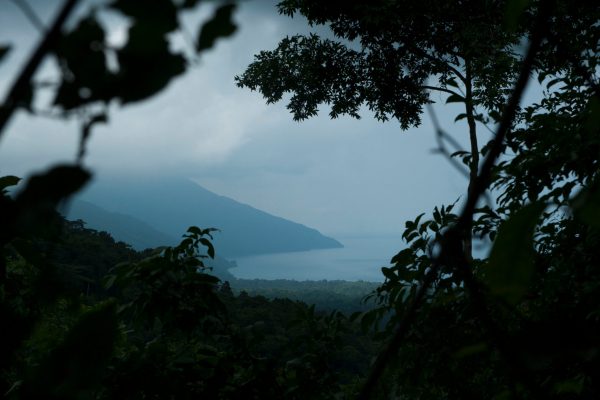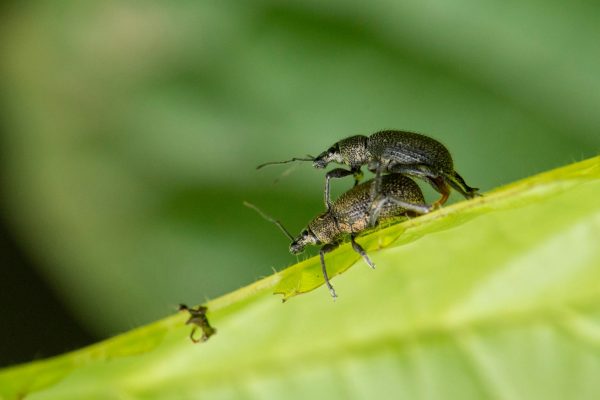Overview
“The air is scented with jasmine, the forest rich, the water of the lake gin-clear and lightly chilled.” The Irish adventurer Roland Purcell put it lightly while describing this natural paradise at the heart of Africa.
Mahale Mountains National Park is a relatively unknown national park that lies in the far west of Tanzania. A true paradise that would definitely claim stake as one o the most exceptional and unique safari destinations on the continent, Mahale offers genuine tranquil experiences that very few destinations in Africa can match. From the clear waters of Lake Tanganyika that provide life for a wide variety of aquatic flora and fauna to the lush misty Mahale mountains that harbor around 600 chimps. One clan, the Mimikire clan, has been habituated by researchers since 1965. The chimps are free to move wherever and whenever they like but are relaxed around people, giving you the chance to observe these magnificent creatures up close. The park also harbors a large population of other primates like yellow baboon, red colobus monkey, blue, red tailed and vervet monkeys. This is probably the only national park in Tanzania where you get to swim, snorkel or dive after a long day of game tracking. Mahale will most certainly leave an imprint so genuinely unique that you will proudly hold dear for years to come.
The Greater Mahale Ecosystem comprises the Mahale Mountains National Park and its surrounding natural habitat. The terrain is mostly rugged and hilly, and is dominated by the Mahale Mountains chain that runs 60km from the northwest to the southeast. The highest peak, Mount Nkungwe, rises to 2,462 meters above sea level. To the west of the Mahale Mountain ranges spreads out the Lake Tanganyika. Lake Tanganyika is the longest lake in the world at 673km, the second deepest with a depth of 570 meters, and second largest by volume at 18,900km3.
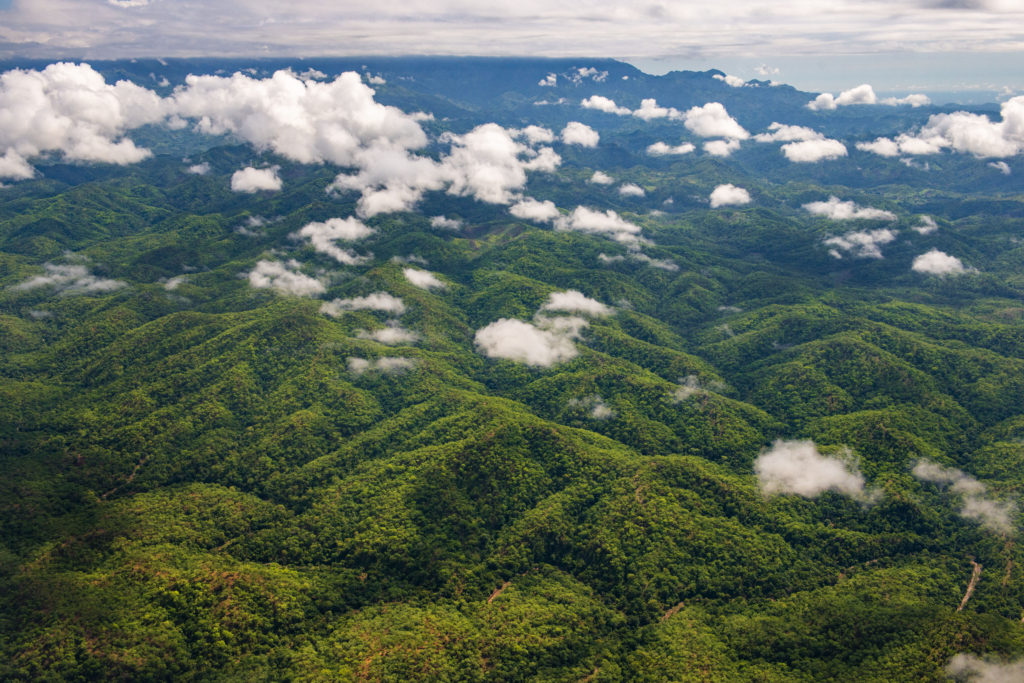
The park is dominated by mountains and forest with a high variety of plant species, an estimate of around 1,200 with the actual number estimated to be around 2,000. Varied in community types, the ecosystem is a balanced blend that comprises alpine bamboo forest, montane forest, gallery forest, brachystegia woodland, diplorhynchus-Pterocarpus woodland, uapaca woodland, acacia savanna, solid-stemmed bamboo savanna, terminalia savanna, protea-ricinodendron montane savanna, dombeya-erythrina montane savanna, montane bushland and grassland. Researches conducted on the chimpanzees of Mahale have confirmed that these primates utilize about 328 food items from over 198 of these plant species.
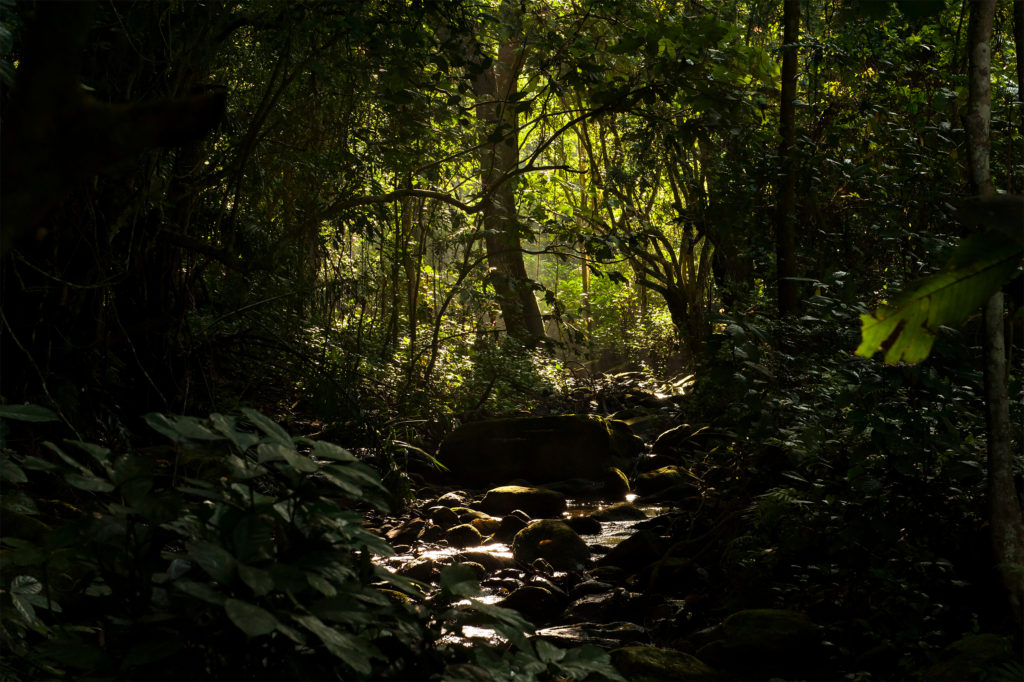
Mahale is a biogeographically interesting region; its fauna includes both savanna adapted species of east or south Africa and forest adapted species of western/central Africa or the Congo Basin. Of particular interest among mammals are the giant squirrel, red-legged sun squirrel, brush-tailed porcupine, blue deiker, bushy-tailed mongoose and Sharpe’s grysbok. Other mammals include the bush hyrax, Savannah Hares, warthogs, giant pangolins, bats, zebras, African civets, Roan antelopes, sables, klipspringers, waterbucks, buffalos, African Savannah elephants and hippopotamus.
If you listen carefully, there is almost always a sweet melodic chirping of birds. Mahale is sanctuary to more than 300 species of birds. Of keen interest are the beautiful kingfisher, storks, bamboo warbler, blue-cheeked bee-eater, crested guineafowl, crested malimbe, crowned eagle, the African fishing eagle, giant kingfisher, Livingstone’s turaco, palm nut vulture, Scaly spurfowl, trumpeter hornbill, Vieillot’s black weaver, kungwe apalis and Ross’s turaco dot the canopy of Mahale breaking the monotony on the green spread.
Mahale is home to more than 8 species of primates. Some of these primates include; vervet monkeys, black and white colobus monkeys, red colobus, yellow baboon and red-tailed monkeys, but the chimpanzees are undoubtedly the main reason why most people visit Mahale. Japanese researchers from Kyoto University have been studying chimps at Mahale since 1965. By observing them in their natural habitat researchers have come to learn a great deal about their ecology, social structure and behavior. The chimps’ ability to use tools and medicinal plants has been the most outstanding discovery from the study since these are traits only attributed to humans. One particular clan that comprises 60 members has been literally habituated so one is able to get up close and observe these wonderful creatures.
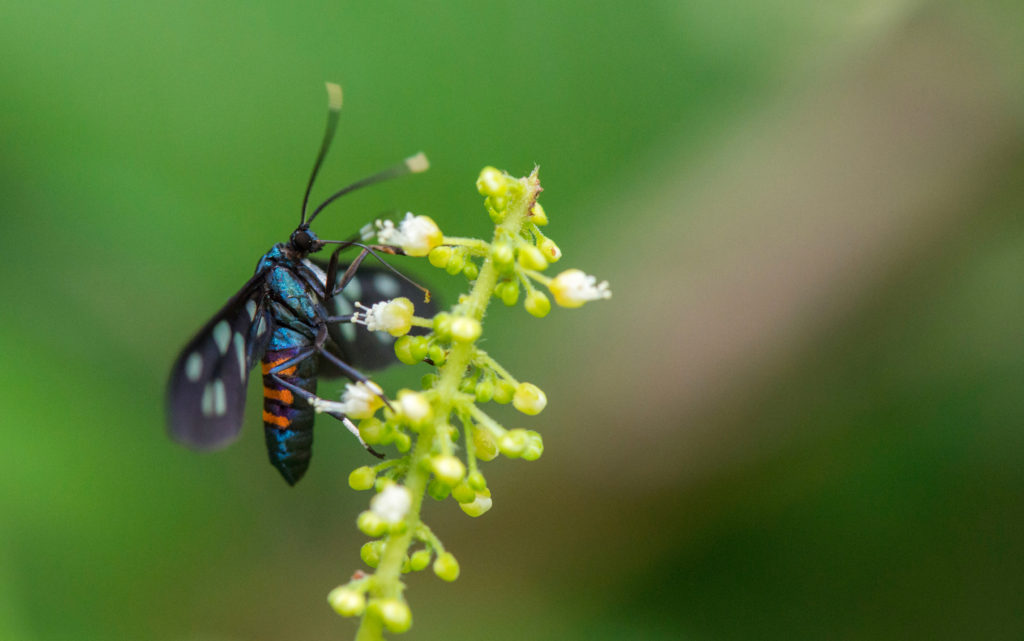
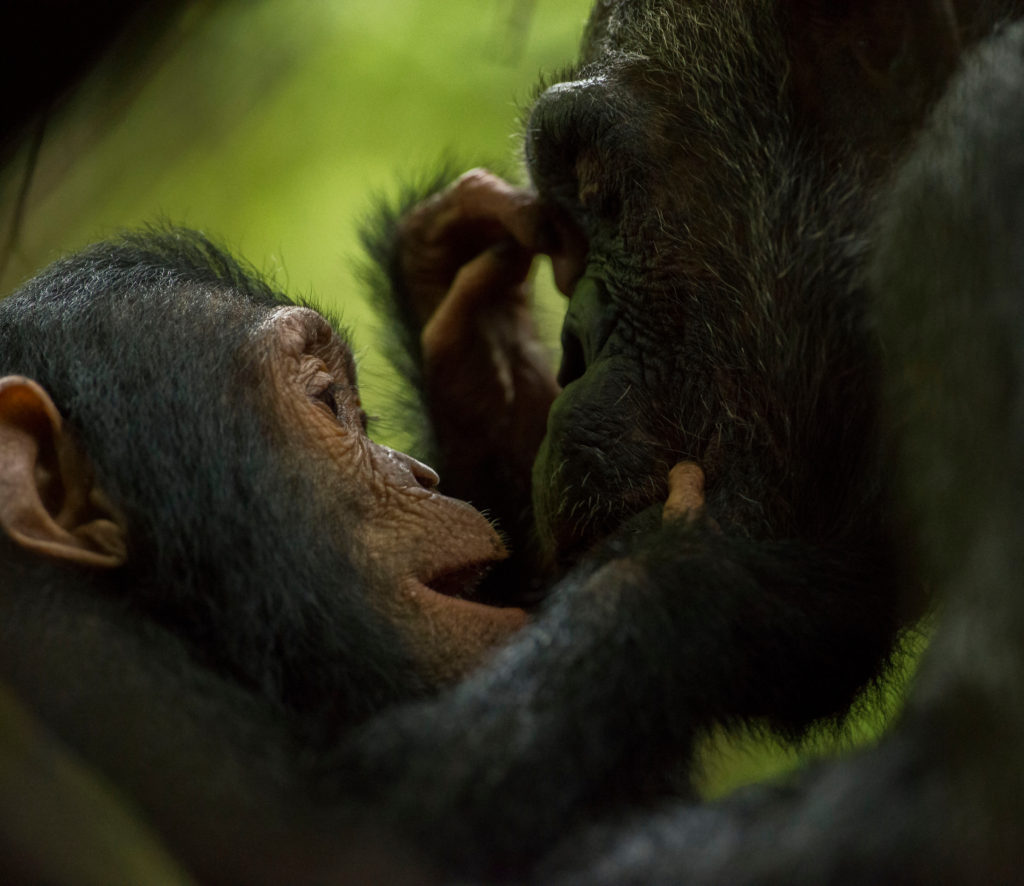
The climate in Mahale ranges from hot to humid mainly due to its proximity to the equator. The temperature at Mahale averagely ranges from15° C to 25°C. The park experiences dry and wet seasons throughout the year. The dry season runs from May to October while the wet season runs from November to April. Guests are encouraged to travel during the dry season mainly because it improves the chances of easier spotting of the primates in the park.

The experiences and adventures at Mahale are geared towards exclusivity and so the available lodges provide a high sense of luxury experiences to compliment the raw nature encompassing Mahale.

- Chimpanzee tracking
- Hiking at the Mahale mountains
- Birding
- Kayaking
- Boating
- Snorkeling
- Diving
- Deep water swimming

By Air:
- Flight time from / to Arusha Airport to / from Mahale airstrip: 3 hours 10 minutes
- Flight time from / to Dar es salaam Airport to / from Mahale airstrip: 4 hours
